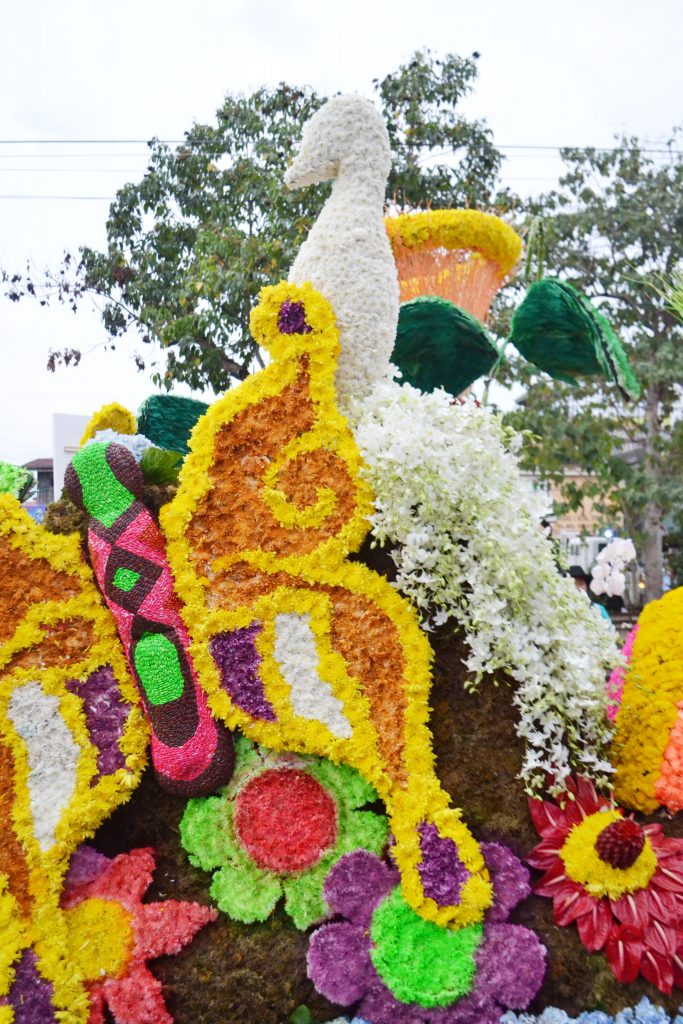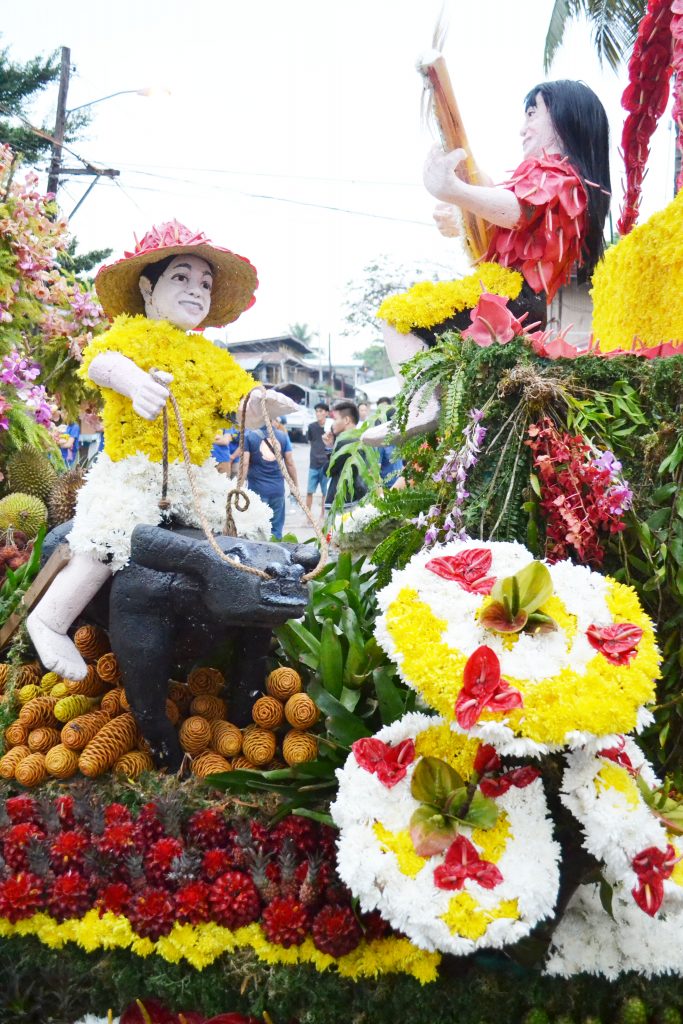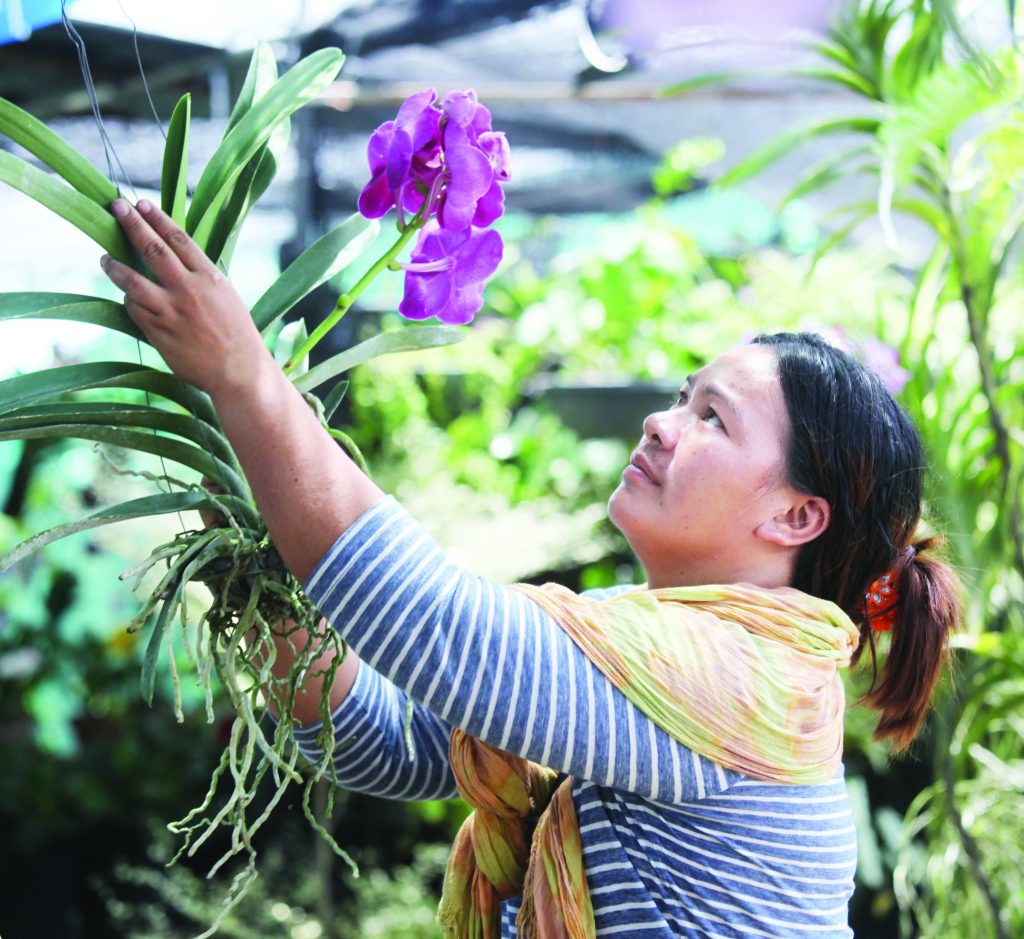Every year, on New Year’s Day, the Colorado Boulevard in Pasadena, California, comes alive with the Rose Parade. In Davao City, its counterpart happens during the Kadayawan sa Dabaw every August. Mindanao’s festival of all festivals bursts in excitement during the highlight street dancing event.
Kadayawan’s version of Mardi Gras is called Indak-Indak sa Kadalanan and usually takes place on Saturdays. Pamulak sa Kadayawan, as the floral float parade is called, follows the day after. With a few changes this year, it happens a week after the thunderous street dancing.

The reason for this change is that the Kadayawan Festival is now celebrated throughout the month of August – instead of just a week as in the previous years. This is to give visitors and guests, according to the organizers, something to look forward during the weekends.
As in the previous years, expect in this year’s Pamulak floats to be spectacular with lavish, colorful, creative and mind-boggling adornments. Be enthralled with floats that are decorated with various flora and fauna that symbolizes Davao, the country’s largest city in terms of land area, at its best.
One of Davao’s emblems that will figure prominently is the endangered Philippine Eagle. Second only to the Madagascar sea eagle in rarity, it beats the American bald eagle in size. It is the world’s second largest – after the Harpy eagle of Central and South America.

In the past, Philippine eagles abound in the forests of Mount Apo and other parts of Mindanao. They were also seen flying over the forests of Sierra Madre in Luzon and Samar and Leyte in the Visayas.
Fresh flowers, however, are the centerpiece of the floats. They come in various sizes, colors, shapes and varieties. Waling-waling, another Kadayawan icon, tops them all as it is the queen of tropical flowers.
Waling-waling “is one of the finest orchid species endemic to the Philippines, desired by orchid growers and breeders alike for its showy and attractive flowers and ability to imparts its vigor and floral characteristic to its progeny,” wrote Dr. Helen Valmayor in her book, Orchidiana Philippiniana.
Davao is blessed with various types of orchids (the name orchid is derived from the Greek word orchis which means testicle because of the shape of the root tubers in some species). For one, there’s the Phalaenopsis orchids, which usually have long flower spikes. Known as moth orchids, they have the power to add elegance and brighten up a dull atmosphere.

The Dendrobium orchids, called restaurant orchids, are used to decorate tables of restaurants. They come in several colors; the most prominent ones are white, green, purple, pink, and yellow.
Then, there are the slipper orchids and the boat orchids. The first one has pouch-shaped lips while the latter are oftentimes depicted in drawings and poetry.
Adding more color, particularly the brilliant yellow, to the floats are the chrysanthemums. The name comes from the Greek words chrys which means golden (the color of the original flower) and anthemon, meaning flower. It was Carolus Liannaeus, a Swedish naturalist, who gave the name.
Mums – as it is known – bloom in various forms, and can be daisy-like, decorative, pompons or buttons. In Japan, chrysanthemum is one of the national seals and a crest used by the emperor and members of the Imperial Family.

The lovely red comes in the form of roses and anthuriums. Wikipedia says there are over three hundred species and thousands of cultivars of roses. Flowers vary in size and shape and are usually large and showy, in colors ranging from white through yellows and reds.
But the most popular of them all is still red. Just like rose, anthurium also comes in various colors (white, yellow, red, pink, orange or green). Again, the most popular is still the red, heart-shaped flower.
The verdant green color are provided by ferns and other vascular plants.
Fruits also abound in some of the floats. Durian, another Kadayawan icon, figures prominently. The king of tropical fruits, which “smells like hell but tastes like heaven,” according to one scribe, is abundant during the festivity.
Other fruits that are displayed in the floats are mangosteen, rambutan, lanzones, banana, mangoes, pomelo, pineapple and watermelon.
Since Kadayawan signifies abundant harvest, vegetables also have their own places in the floats. Some of those used in the past include upo, squash, sayote, ampalaya, string beans, tomato, okra, sweet pepper, carrots, radish, and lemon grass.







